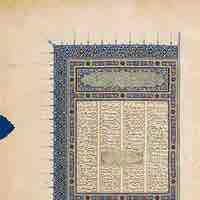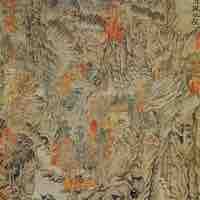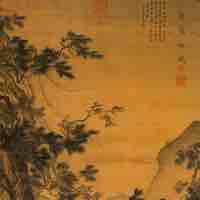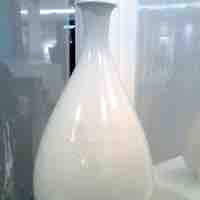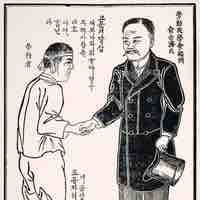Chapter 23
China and Korea After 1279 CE
By Boundless
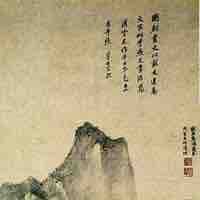
During the Ming Dynasty, Chinese painting developed from the achievements of the earlier Song and Yuan Dynasties.
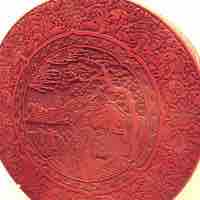
As with many art forms, the Ming Dynasty saw advancement in the realm of decorative arts such as porcelain and lacquerware.
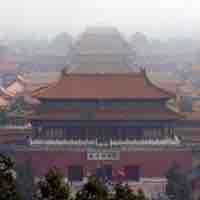
Chinese urban planning and architecture under the Ming Dynasty are based on fengshui geomancy and numerology, as seen in the Forbidden City.
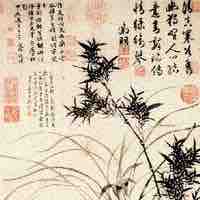
Literati Expressionism in Chinese painting was produced by scholar-bureaucrats of the Southern School, rather than by professional painters.
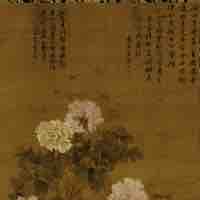
The early Qing Dynasty developed in two main strands, one of which was the Orthodox school of Confucian paintings.
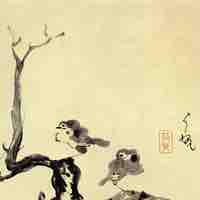
During the Qing Dynasty, painters known as Individualists rebelled against many of the traditional rules of painting through free brushwork.
